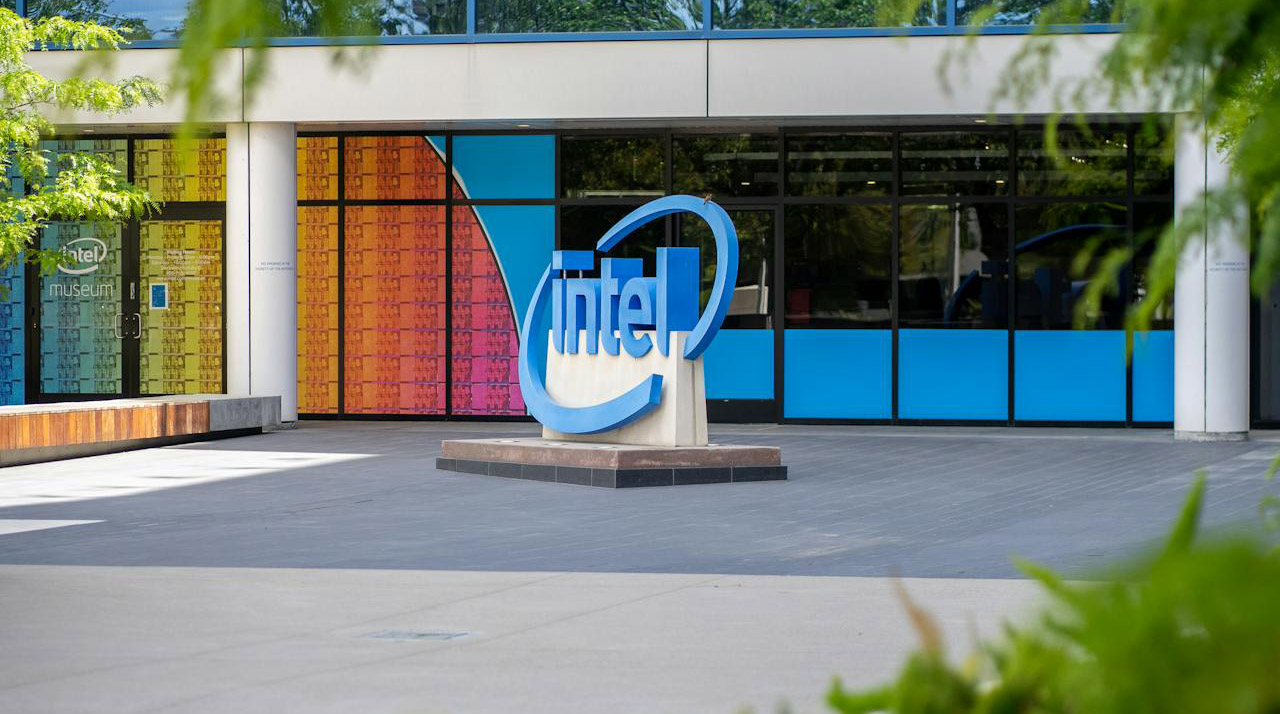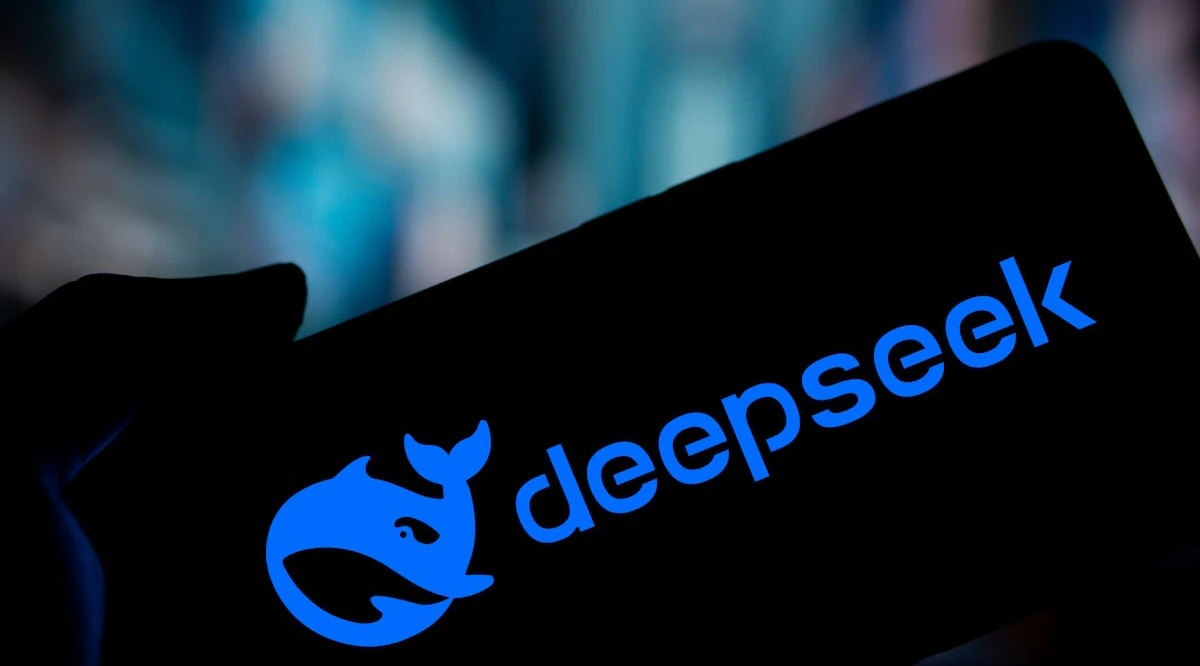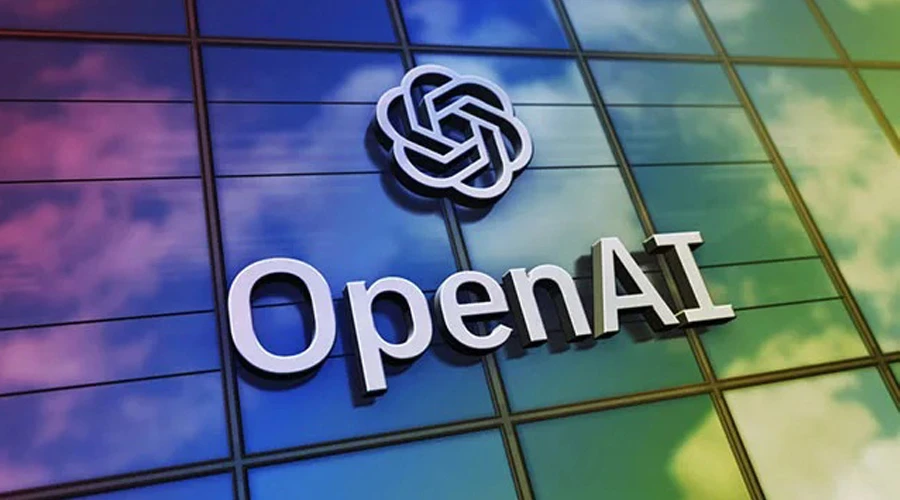Intel restructures its executive team, appointing a new AI chief to lead its artificial intelligence strategy. Here’s how this move signals a bold shift in Intel’s focus on AI innovation.
Apple iPhone 16 Pro Full Specifications – Everything You Need to Know (2025)
Explore the complete specifications of the Apple iPhone 16 Pro (2025) including its A18 Pro chip, triple-lens camera, titanium design, battery life, and pricing in UAE. A must-read for iPhone and Apple fans.
Google’s Genie 2 Revolutionizes Virtual Environment Generation
Google introduces Genie 2, an advanced AI model that can generate playable virtual environments from simple images or text prompts. Discover how this breakthrough is reshaping gaming and simulation.
Elon Musk’s $97.4 Billion Bid to Acquire OpenAI Rejected
At the Global AI Action Summit in Paris, France announced €109 billion in AI investments to boost its position as a global AI leader. Discover what this means for the future of European AI innovation.
France Secures €109 Billion in AI Investments at Global Paris Summit
At the Global AI Action Summit in Paris, France announced €109 billion in AI investments to boost its position as a global AI leader. Discover what this means for the future of European AI innovation.
DeepSeek-R1 Challenges AI Giants with Powerful Open-Source Model
A new name is shaking up the AI landscape. DeepSeek, a China-based AI startup, has just unveiled its latest creation—DeepSeek-R1, an open-source language model built to compete with the best closed-source models on the market. And it’s already making a serious impression. While companies like OpenAI, Anthropic, and Google continue to dominate the AI conversation, DeepSeek is offering an alternative that’s transparent, accessible, and incredibly capable. What Makes DeepSeek-R1 Stand Out? DeepSeek-R1 is a Mixture of Experts (MoE) model, a powerful and efficient architecture that activates only a fraction of its full parameters during each query—specifically, 2 out of 64 experts, totaling 236 billion parameters, while only 21 billion are active per inference. This design makes it both efficient and extremely powerful. Here’s why DeepSeek-R1 is making headlines: ✅ Trained on a massive 10 trillion tokens, combining English, Chinese, and code data ✅ Open-source and available on platforms like Hugging Face and GitHub ✅ Uses a Transformer decoder-only architecture similar to LLaMA and GPT models ✅ Delivers state-of-the-art performance in both reasoning and coding tasks ✅ Supports a context length of 32K tokens, suitable for long-form analysis Why Open-Source AI Models Matter As the world of generative AI grows more complex and powerful, accessibility and transparency have become hot topics. DeepSeek-R1’s open-source nature stands in contrast to the closed models from OpenAI (GPT-4), Google Gemini, and Anthropic Claude. This gives developers, researchers, and startups the opportunity to: ✅ Build on top of a robust AI framework ✅ Avoid vendor lock-in from big tech companies ✅ Ensure ethical transparency in data usage ✅ Contribute to a global, community-driven AI ecosystem By releasing DeepSeek-R1 under an open license, the company is inviting innovation and collaboration, much like Meta’s LLaMA and Mistral’s Mixtral did earlier. How Does DeepSeek-R1 Compare? In benchmark tests, DeepSeek-R1 has shown competitive or superior performance to many closed-source models, especially in: Programming tasks Multilingual understanding Reasoning benchmarks Long-context handling It’s also scalable, making it suitable for integration into real-world applications like: AI coding assistants AI chatbots Research tools AI-integrated search platforms Final Thoughts DeepSeek-R1 is more than just another AI model—it’s a signal of where the industry is heading. With its powerful architecture, massive training data, and open-source nature, it’s set to challenge the dominance of Silicon Valley giants. For developers, startups, and AI enthusiasts, DeepSeek-R1 offers a rare opportunity to build, explore, and scale—without the gatekeeping. Stay tuned—because the AI revolution is open for all, and DeepSeek is leading the way.
Google Unveils DolphinGemma: AI Model to Decode Dolphin Communication
In a remarkable blend of artificial intelligence and marine biology, Google DeepMind has announced DolphinGemma, a pioneering AI model aimed at understanding and replicating dolphin communication. This breakthrough project is part of a larger initiative to bridge the gap between human and animal communication using machine learning. With DolphinGemma, researchers hope to uncover the structure and meaning behind dolphin vocalizations, potentially enabling humans to “speak dolphin” through AI-generated sounds. This cutting-edge development positions Google at the forefront of AI for natural world understanding. What Is DolphinGemma? DolphinGemma is a foundation model developed by Google’s AI research team. It’s trained on a vast dataset of dolphin clicks, whistles, and calls, enabling it to: Identify distinct communication patterns Map acoustic structures to potential meanings Generate realistic dolphin vocalizations Aid marine biologists in behavioral correlation Much like how AI models like ChatGPT generate human-like text, DolphinGemma generates audio sequences that mimic real dolphin sounds with scientific precision. Why This Matters: AI Meets Ocean Intelligence Dolphins are among the most intelligent creatures on Earth, known for their complex social behaviors and advanced acoustic communication systems. Yet, understanding their “language” has remained elusive—until now. DolphinGemma could revolutionize the way we interact with marine life, offering new insights into: Dolphin social structure and emotional states Interspecies communication possibilities Ocean conservation strategies Autonomous underwater communication systems This AI model doesn’t just analyze sound—it interprets meaning, laying the groundwork for non-human communication systems in the future. DolphinGemma’s Broader AI Impact The implications of DolphinGemma extend far beyond dolphins. This model: Demonstrates the power of AI in cross-species translation Opens doors for research into elephant, bird, and whale communication Showcases the next generation of AI models trained on non-textual data Sets a benchmark for ethically driven AI research in natural ecosystems Google’s Vision for Ethical AI in Nature Google has emphasized the importance of ethical collaboration with marine biologists, ecologists, and conservationists. DolphinGemma was developed in partnership with oceanographic institutions and wildlife experts to ensure data integrity and non-invasive research practices. By integrating AI into environmental science, Google is creating technology that not only understands the digital world but also connects with the natural one. Final Thoughts Google’s DolphinGemma is a fascinating glimpse into the future of AI-powered biology, where understanding animal communication may no longer be a fantasy. This breakthrough has the potential to transform marine conservation, deepen our relationship with nature, and redefine what communication truly means. From algorithms to underwater empathy—Google’s DolphinGemma is AI innovation at its most inspiring.
Global Tech Stocks Plunge as U.S.-China Trade War Escalates
The global tech industry is reeling after the U.S. government announced tighter restrictions on semiconductor exports to China. This latest move in the ongoing U.S.-China trade war sent shockwaves across global stock markets, triggering a sharp sell-off in tech shares. At the heart of the fallout is Nvidia, one of the world’s leading chipmakers. The company reported that new export rules could impact $5.5 billion worth of orders, primarily related to its high-performance H20 AI chips, which are widely used in artificial intelligence and data centers. Stock Market Fallout: Major Losses Across Tech Giants Following the announcement, Nvidia’s shares dropped by 6.3%, dragging down other semiconductor companies like AMD, TSMC, and ASML. The Philadelphia Semiconductor Index (SOX) fell nearly 4% in a single trading session, reflecting the growing investor anxiety around a potential tech decoupling between the world’s two largest economies. This trend isn’t limited to the U.S. alone. Asian tech stocks—particularly in Taiwan, South Korea, and Japan—also took a hit, underscoring the global impact of U.S. export controls and China’s retaliatory posture. What’s Driving the Trade Tensions? The Biden administration’s policy focuses on restricting China’s access to cutting-edge AI and quantum computing technologies—seen as critical for both economic and military advancement. These restrictions are part of a broader effort to preserve U.S. technological superiority and prevent sensitive tech from being used in ways that could threaten national security. In response, China is expected to accelerate domestic chip production and pursue partnerships with non-Western allies to reduce dependence on American technologies. Industry Response: Caution and Diversification Tech executives and investors are now closely monitoring the situation. Nvidia CEO Jensen Huang expressed concern about the long-term impact of export curbs on innovation and supply chains. Many companies are beginning to diversify their supply chains, investing in alternative markets like India, Vietnam, and Mexico to minimize geopolitical risk. Long-Term Implications for AI and Semiconductors This development could lead to: Fragmentation of the global AI ecosystem Slower innovation due to restricted collaboration Increased R&D investment in “non-aligned” countries Tighter regulatory scrutiny on cross-border tech deals Final Thoughts As the U.S.-China tech cold war intensifies, global markets will remain volatile. The semiconductor industry, central to everything from AI to smartphones, is now a battlefield of geopolitics and national security. For investors, developers, and business leaders, staying informed and adaptable is more crucial than ever.
OpenAI Unveils GPT-4.1 Series: Smarter, Faster, and More Capable Than Ever
OpenAI continues to push the boundaries of artificial intelligence with the launch of its latest model lineup: the GPT-4.1 series. This next-generation language model arrives in three powerful variants—GPT-4.1, GPT-4.1 Mini, and GPT-4.1 Nano—each tailored for specific user needs while delivering significantly improved performance across the board. What’s New in GPT-4.1? The GPT-4.1 update is more than just a performance boost. Here’s what sets it apart from its predecessors: Massive Context Window: Now capable of processing up to 1 million tokens, making it ideal for long-form analysis, research, and document processing. Improved Instruction Following: GPT-4.1 demonstrates a deeper understanding of nuanced prompts, instructions, and follow-ups. Superior Code Generation: Developers can expect better code outputs, fewer bugs, and support for more programming languages. Lightweight Variants: The Mini and Nano versions are optimized for mobile and low-resource environments, bringing high-performance AI to edge devices. Why GPT-4.1 Matters For businesses, educators, researchers, and content creators, GPT-4.1 offers a more efficient and scalable AI solution. With better comprehension, generation, and memory capabilities, it’s becoming the go-to model for complex tasks such as: Enterprise automation AI-driven chatbots Personalized education Advanced content creation AI-powered research assistants GPT-4.1 Mini and Nano: AI at the Edge OpenAI also introduced GPT-4.1 Mini and GPT-4.1 Nano, lightweight models designed for on-device AI operations. These models can run on smartphones and local servers without needing constant internet access, addressing privacy and latency concerns. Real-World Readiness With better safety alignment, refined response structures, and a June 2024 knowledge cutoff, GPT-4.1 is ready to power real-world applications. Developers using platforms like ChatGPT, Microsoft Copilot, and API tools will benefit from this upgrade immediately. Final Thoughts The OpenAI GPT-4.1 series is a giant leap toward more human-like, context-aware, and efficient AI. As AI adoption skyrockets in 2025, this release cements OpenAI’s leadership in shaping how we interact with intelligent machines.









